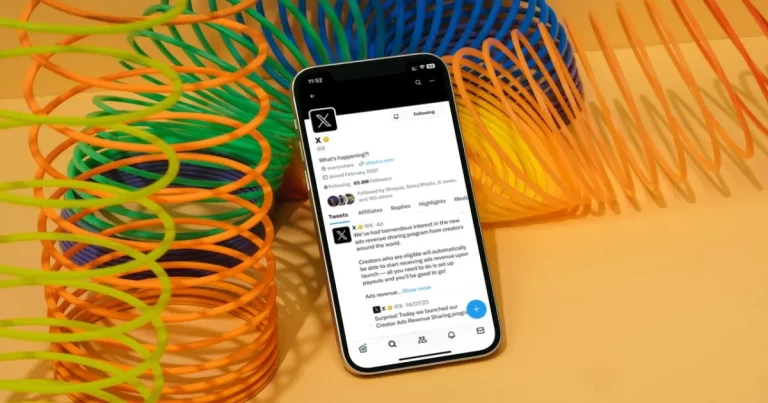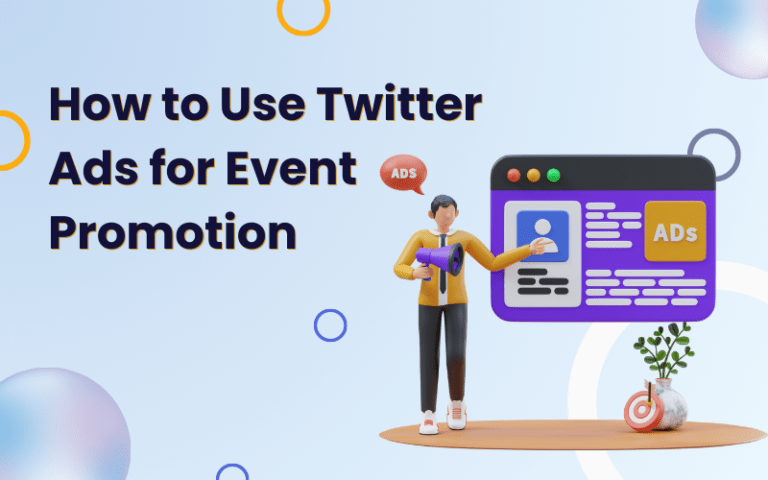San Francisco, CA – Elon Musk’s newest venture X, the free speech-focused social media platform formerly known as Twitter, has been granted regulatory approval to enable money transfers between users, a move that experts say could fundamentally transform the platform.
The decision by federal regulators allows X to operate as a financial services provider on its social media app. This means X users in the U.S. will soon be able to instantly send money back and forth much like Venmo or PayPal, in addition to viewing content and messaging.
“This approval could turn X into a sort of ‘super app’ one-stop-shop for financial transactions and communications,” said John Davis, FinTech analyst at Venture Cap Partners. “If successful, blending social media and payments has the potential to drive tremendous user engagement and open up revenue streams beyond ads.”

Major Implications for the Platform and Industry
Enabling user-to-user payments is a common feature offered by leading social media and messaging platforms in Asia. However, X would be the first major U.S. social media company to incorporate financial services.
Also Read – What is the 411 Rule on LinkedIn?
According to Davis, “By allowing peer-to-peer money transfers seamlessly within a social media feed, X could leapfrog its competitors in the U.S. market and set a new standard for what these platforms are capable of.”
X will also be able to collect transaction fees from payments sent through its platform. Experts project that even modest fees could drive significant revenues given X’s large existing user base.
The company has struggled with loss-making quarters and advertiser pullbacks since Musk took over in late 2022. Integrating payments may help diversify its revenues.
In a statement responding to the approval, Musk said:
“This is a game-changer for X and social media. Financial transactions combined with free speech uncensored by politically motivated attacks opens up revolutionary possibilities.”
What Will X Payments Look Like?
While details remain limited before rollout, X has indicated users will be able to send money to other individuals as well as businesses without leaving the app. Payments can be sent via messages, spent within the app on premium features or subscriptions, donated to causes, used to pay for promoted posts, or cashed out.
X is expected to partner with existing payment processors to handle the transaction flow behind the scenes. This avoids the need for X to build out financial infrastructure or become an officially licensed bank.
At launch, payments will only be available in the U.S. But international expansion plans are already underway pending future regulatory approvals.
“Seamless payments alongside content could make the app ‘stickier’ than ever,” noted Stacey Morrison, social media expert and professor at UC Berkeley. “This could translate into more daily active users, longer sessions, and deeper monetization through services and commerce.”
However, risks remain around integrating fintech safely while properly vetting bad actors. X will need to carefully balance openness with controls to prevent fraud, money laundering, scams raising funds under pretenses, and other potential integrity issues stemming from payments.

Regulation and Competition Still Unclear
While approved to transmit money, X’s regulatory status remains unsettled. There are open questions about whether X will be regulated more like a bank, money transmitter, or technology platform.
Additional approvals would be needed to offer more advanced services like loans or interest-bearing accounts in the future.
Also Read – How to Showcase Your Expertise with LinkedIn Articles: A Comprehensive Guide
Other tech giants also have payment aspirations and are closely monitoring X’s plans. Future competition may come from Apple, Meta, Google, or newer fintech apps looking to combine social, content, and commerce.
For now, X remains at the forefront of blending social media and financial services in a mainstream consumer app. Execution will be critical in turning buzz into a profitable business model that boosts platform growth and sustainability. But if successful, X could fundamentally disrupt both industries.







